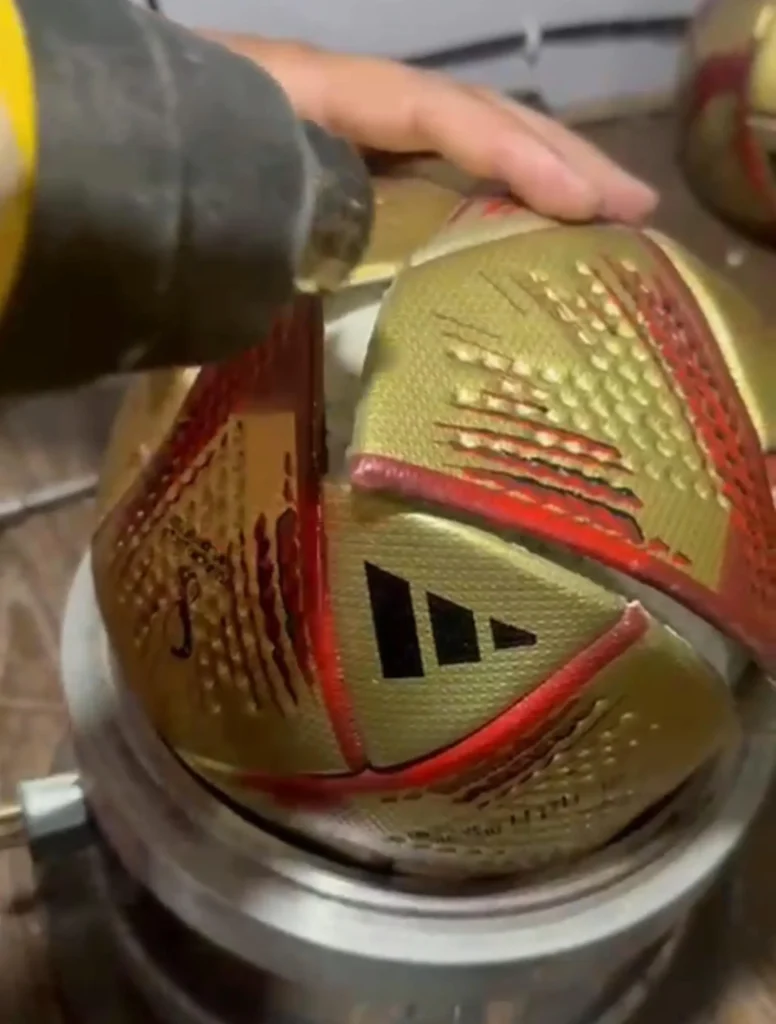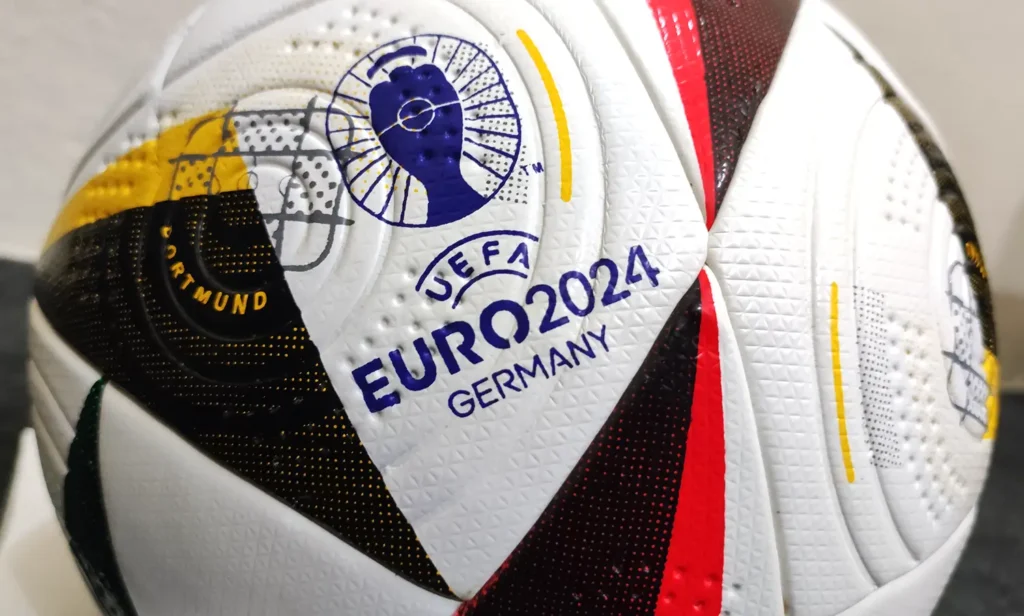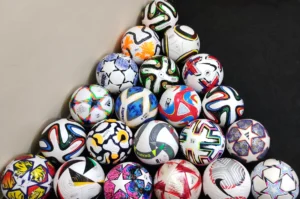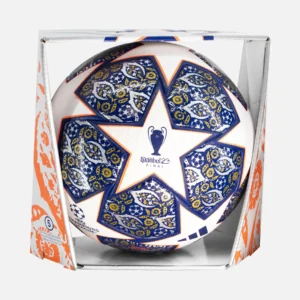Professional play demands superior performance to ensure optimal gameplay. For this purpose, high-quality equipment is essential for elite-level competition. Among the various types of soccer balls, thermally bonded soccer balls. The early balls in history were bonded together through hand stitching method that left many possibilities open for damage and compromise on durability.

Thermal bonding balls with their advanced construction, have earned a significant place by winning the trust of professional players and have become a popular choice in top leagues such as the UEFA Champions League, FIFA World Cup, and various local leagues worldwide. Unlike traditional hand-stitched or machine-stitched balls, thermally bonded balls are constructed differently, using heat and pressure to join the 32 panels of the ball together. This creates a stitch-free, seamless surface that has a significant impact on aerodynamics and water absorption.

The significant features of thermally bonded balls include their perfectly round shape and seamless surface, which reduce air resistance and provide more stable, predictable shots, enhancing control over the ball during matches.
They also offer unmatched durability and longevity, as the securely fused panels reduce the risk of wear and tear or loosening over time, allowing them to retain their structure longer. Their superior waterproofing ability makes them suitable for all weather conditions.
Hand-stitched balls have small gaps that allow water to seep in, impacting the soccer ball’s weight and movement. Thermally bonded balls, on the other hand, have a seamless surface that prevents water absorption, maintaining their true weight, optimal touch, and aerodynamic design. This design minimizes drag, resulting in an accurate flight path, making them the ideal choice for professional game standards.




